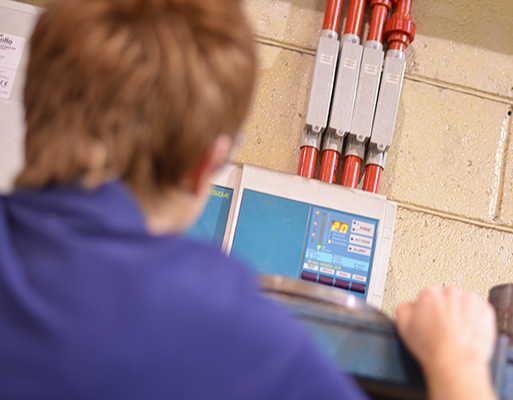Posted April 16, 2020
Fire alarm maintenance is critical. To comply with British Standard regulation, a fire alarm must be serviced at least twice each year, though we often visit our clients once every quarter.
It’s worth a client understanding exactly what is involved in a fire alarm maintenance visit, so here is a brief run down of how SS Systems service your fire alarm system.
-
- Remote monitoring system. The first thing we would do is to get in touch with your receiving centre (if you have opted for a remote monitoring service). As safety is paramount, both the system registered with the centre and the engineer have unique identification codes which are exchanged to enable the system to be put into test mode for a predefined length of time.
-
- Systems check list. All our systems have kit lists, clearly identifying what system and detectors are installed. As the engineer checks them he ticks off the detectors against the check list.
-
- Log Book. Every fire alarm system should be checked by the client on a weekly basis and the results listed down in the log book. Our engineer will review the book before he starts his own checks, just to see if the weekly tests are being undertaken by the client and to understand if there are any issues before he commences with his fire alarm maintenance visit.
-
- Test mode. The engineer will put the fire alarm into test mode and systematically check the required number of sensors on that visit. For example, if the system has 100 detectors and is serviced twice a year, the engineer will check 51 sensors the first visit, then 50 the next.
-
- Detectors. There are many different types of sensors, each checked and serviced in a particular way. For example, smoke detectors need a special kit, test keys are used to activate call points, filters are changed in each aspirator and beam detectors have their lenses cleaned.
-
- Batteries. The battery in the control panels is checked. For a hard wired system, this is the only battery to be checked. However, for radio fire (wireless fire) systems, each detector has its own power source which is monitored via the control panel. This enables the engineer to identify any detectors with batteries which need replacing.
-
- Load testing. In a hard wired system, it’s important for the engineer to do a “load test”. Each control panel has a maximum threshold of current it can hold. If it’s close to capacity it increases the risk of blowing a circuit which would render the system inoperable. If an engineer identifies that the system is over capacity, the issue would be flagged as critical to the client.
-
- Interface units. A fire alarm is often connected to other systems, such as shut off valves, hold open doors etc. The engineer will check that these interfaces are still in good working order.
-
- Closing down. Once all the checks are complete, the engineer will notify the remote receiving centre (where applicable) to take the system off test, and reset the fire alarm system from test mode.
-
- Client notification. The client is then updated by the engineer and any remedial actions noted.
-
- Head office. The engineer’s notes and checklists are sent back to the SS Systems alarm maintenance team. Our engineering manager, Chris Hitchen, will check through the notes and make any remedial action recommendations which Amanda will process. Each service report constitutes an annual service certificate which the client then keeps in the fire records.

